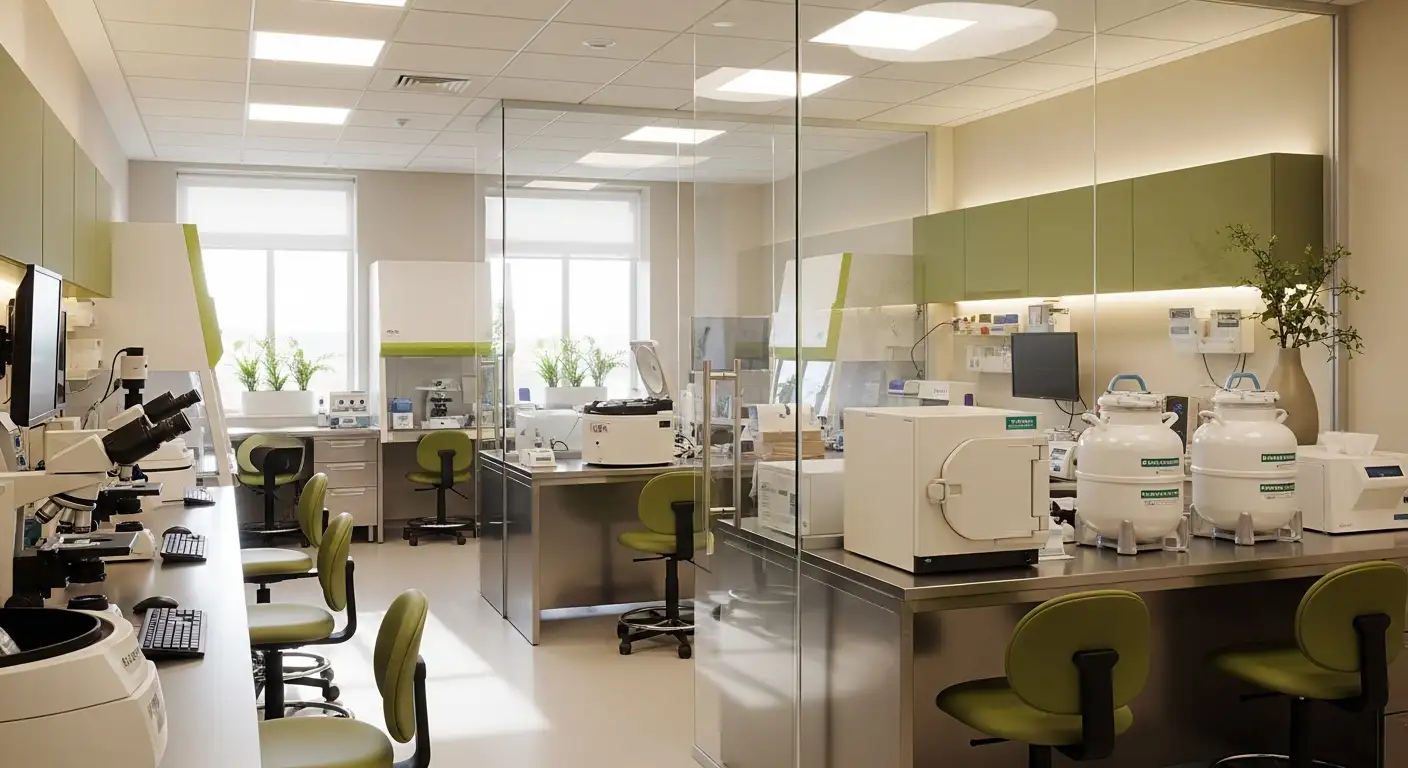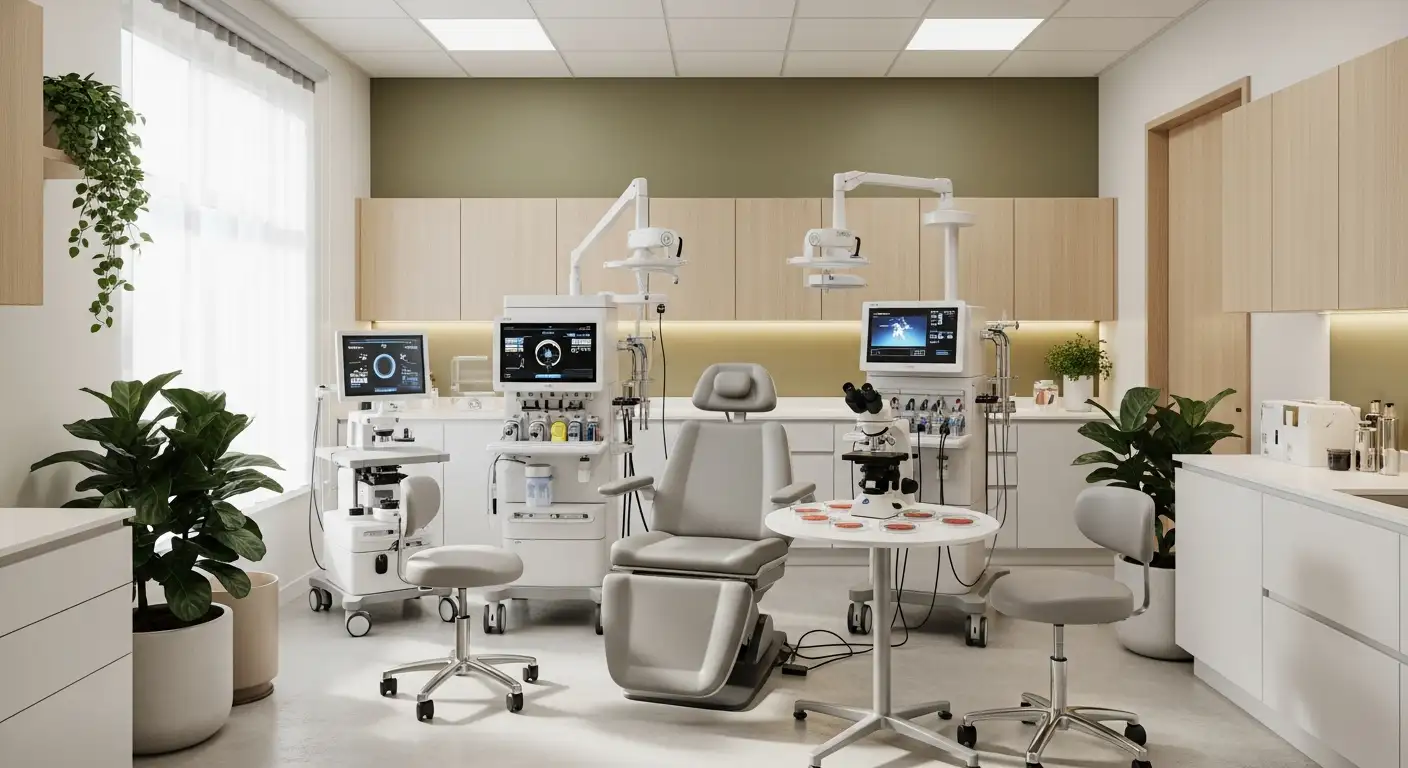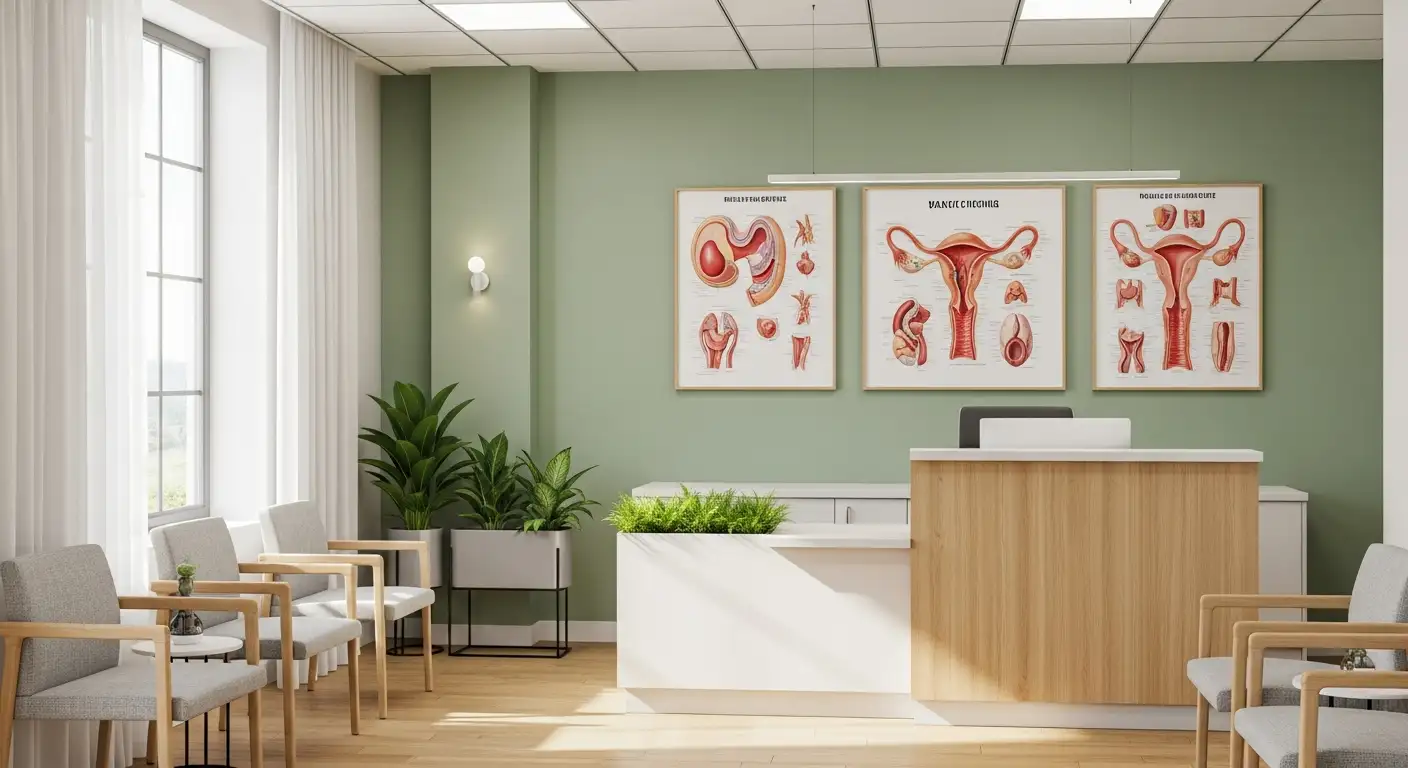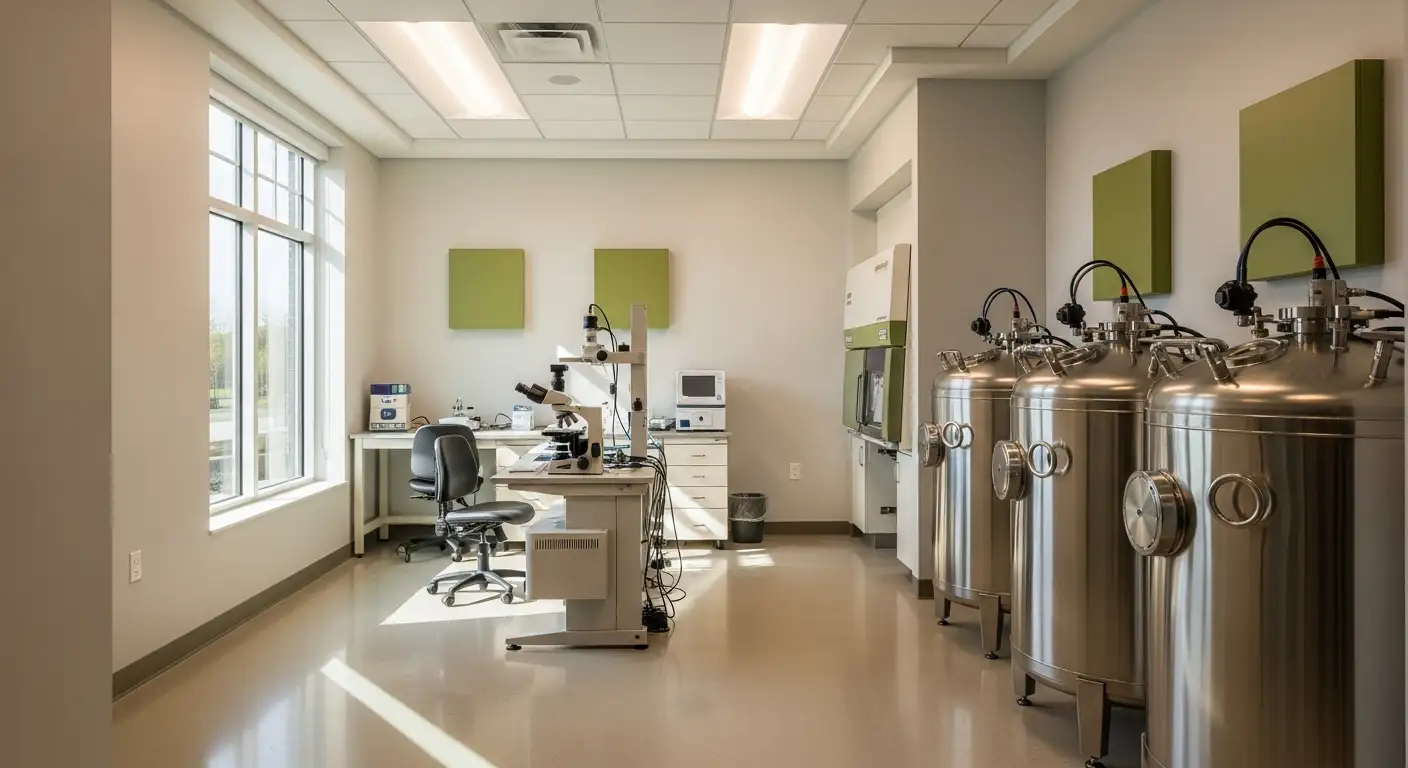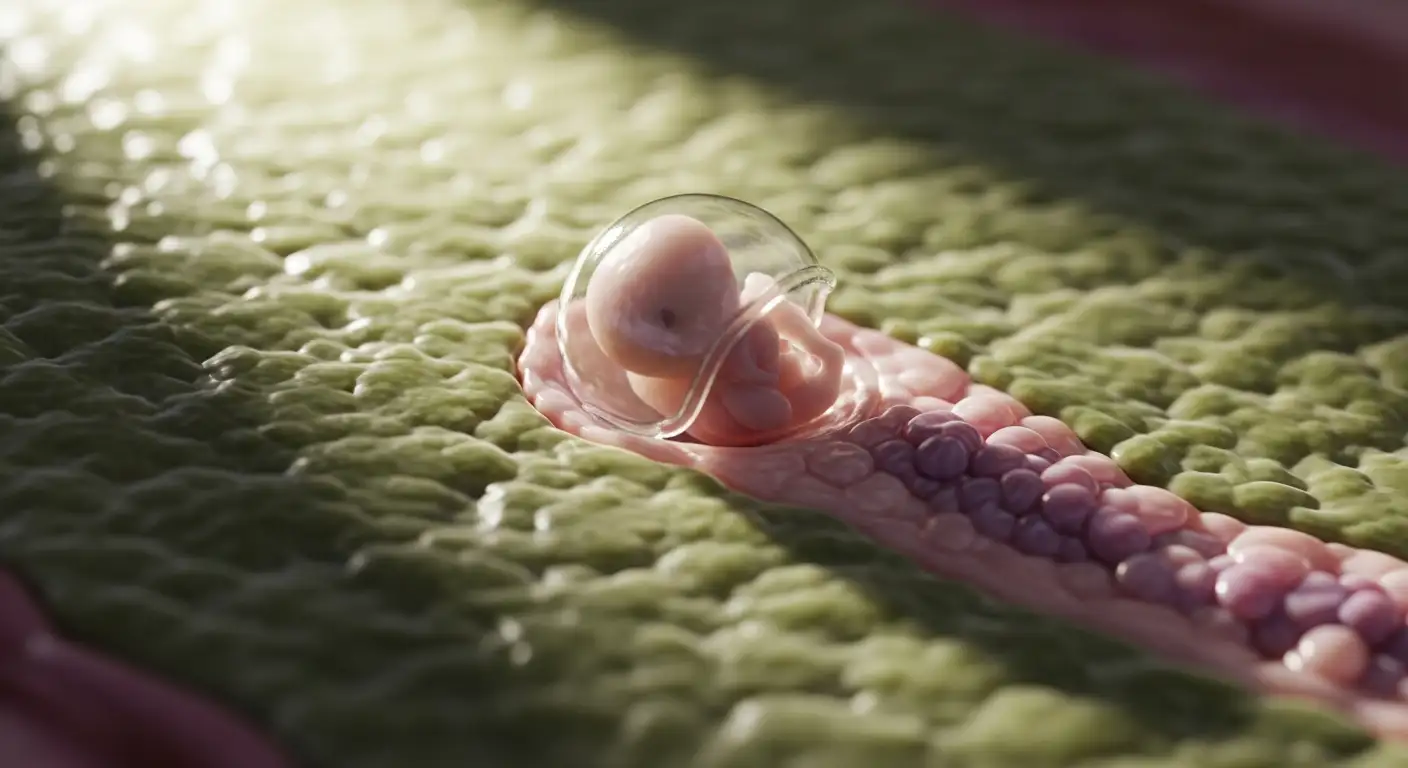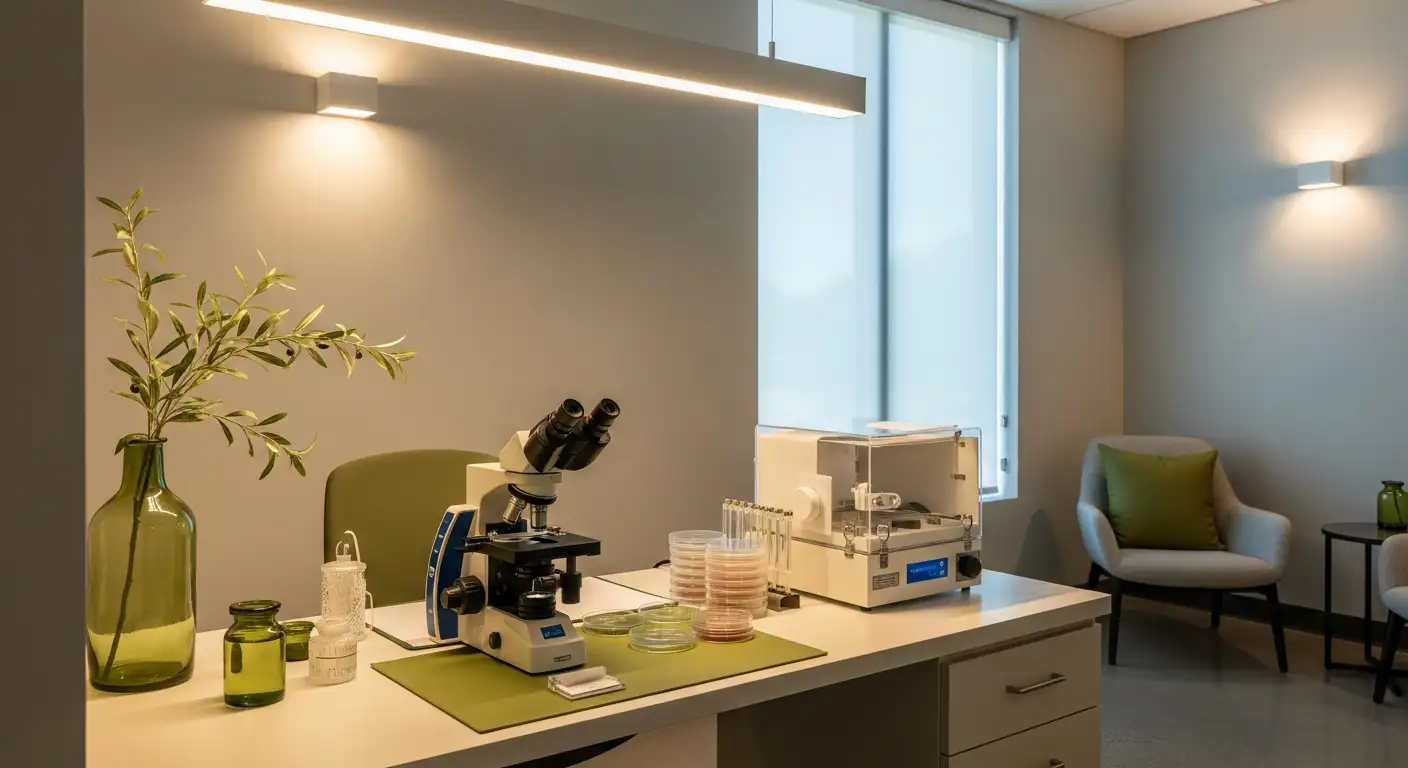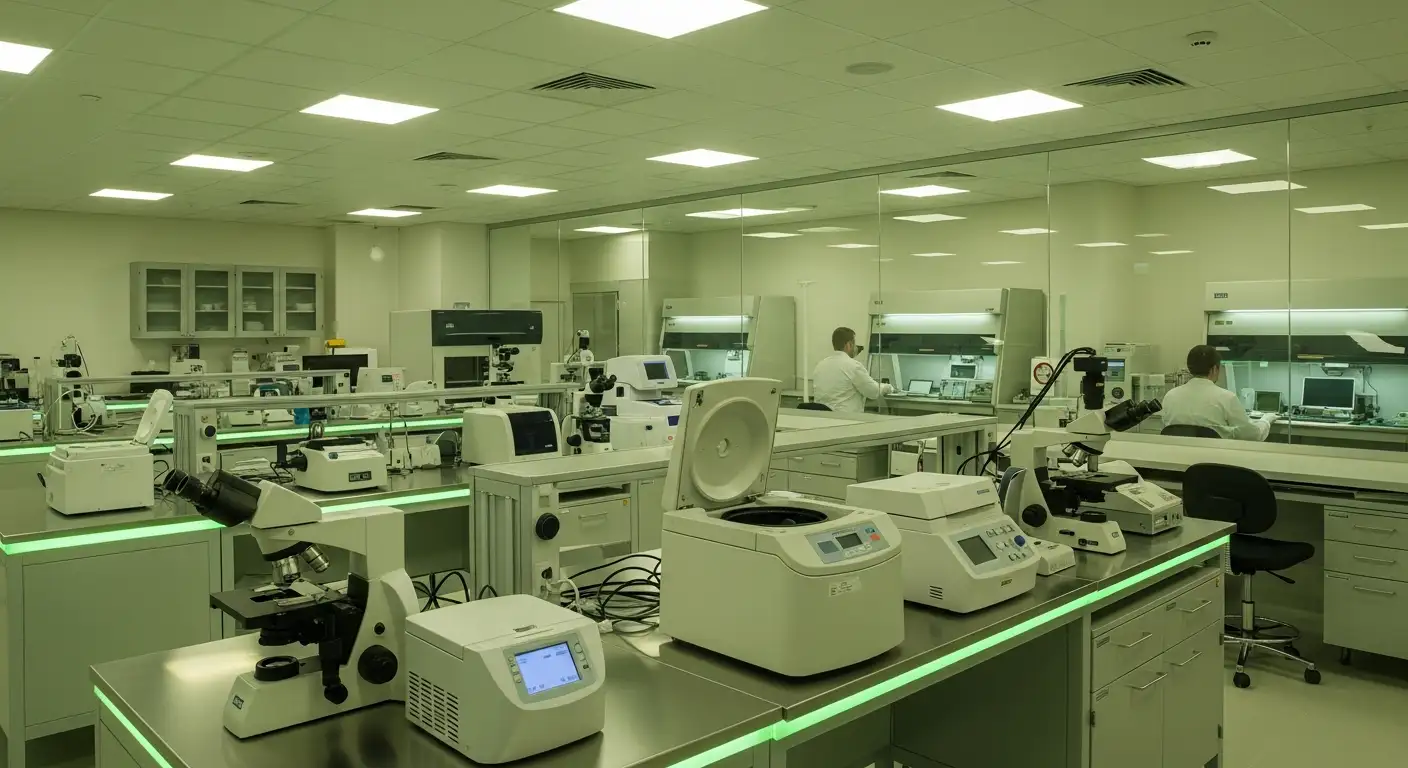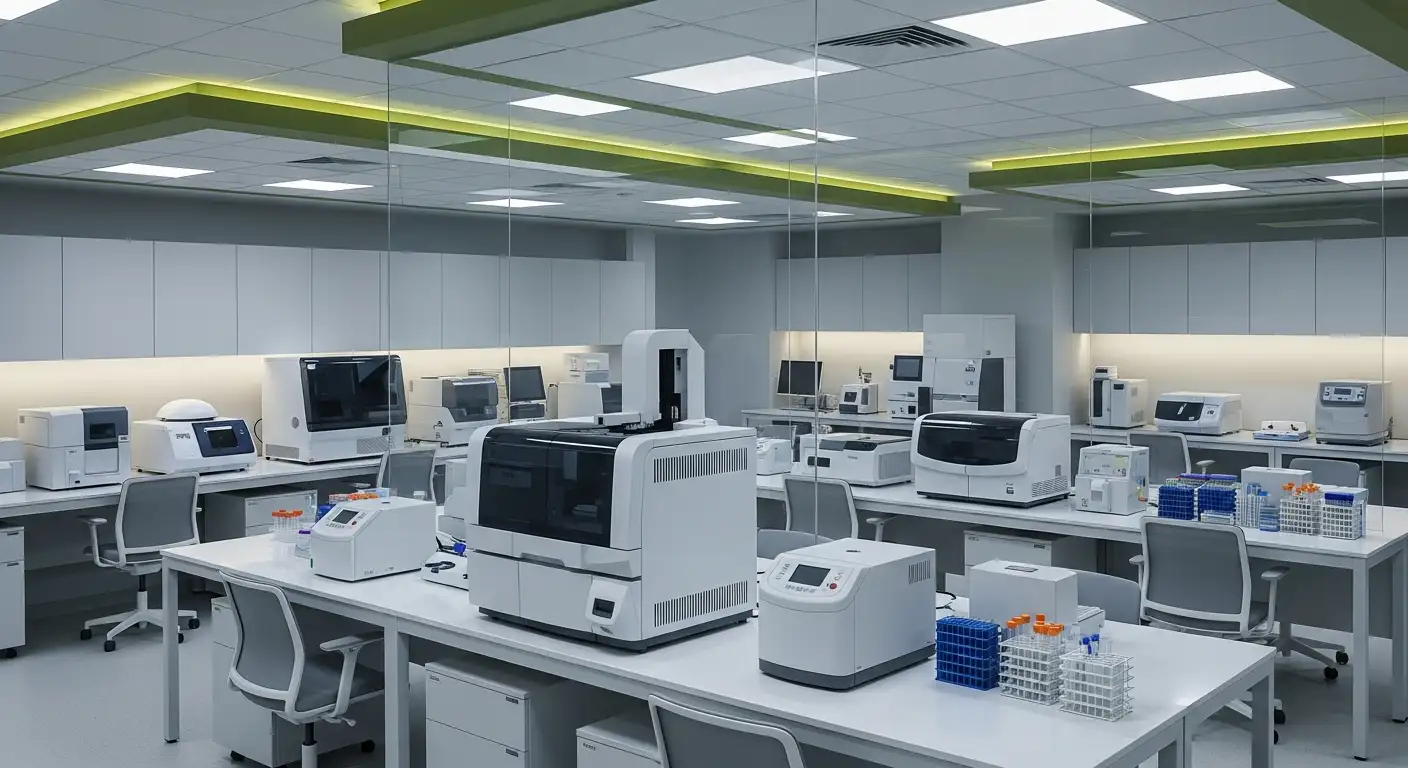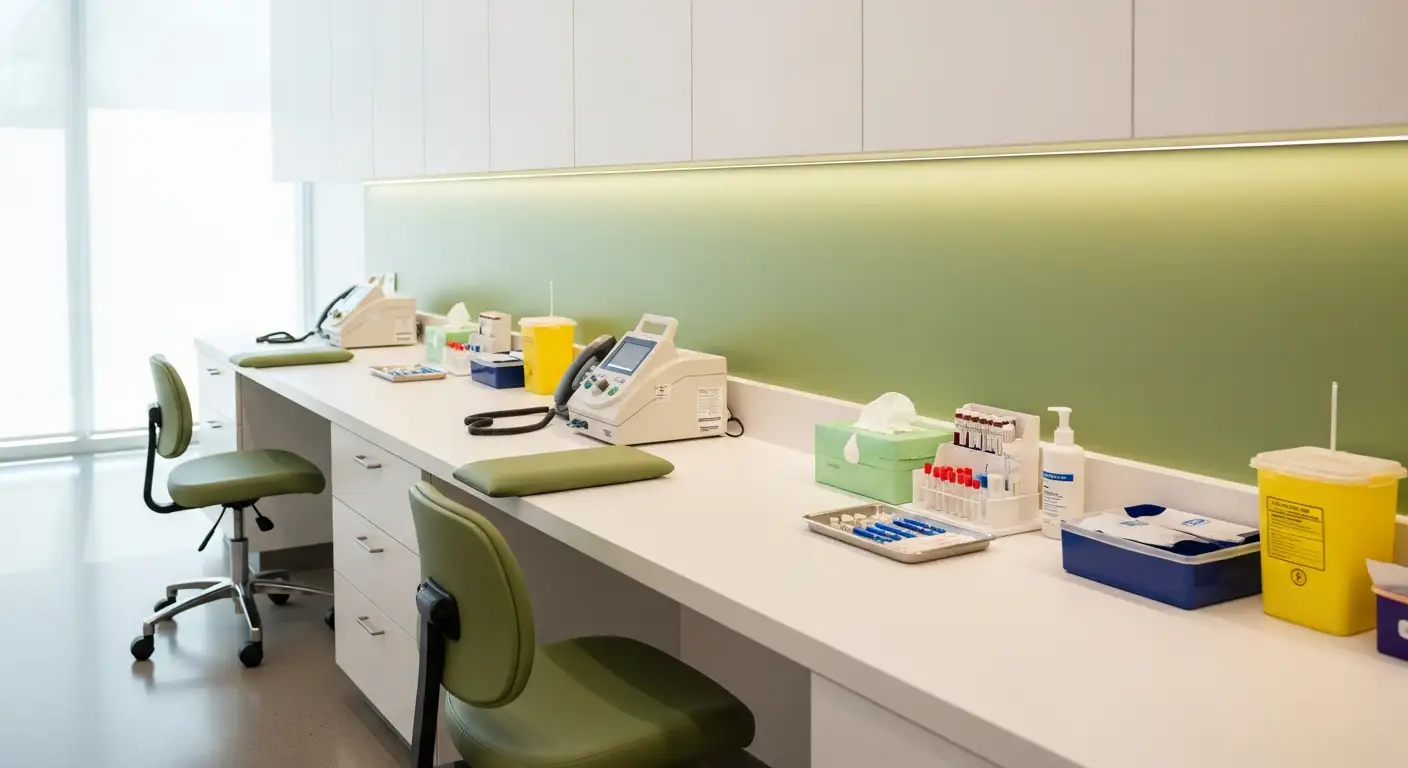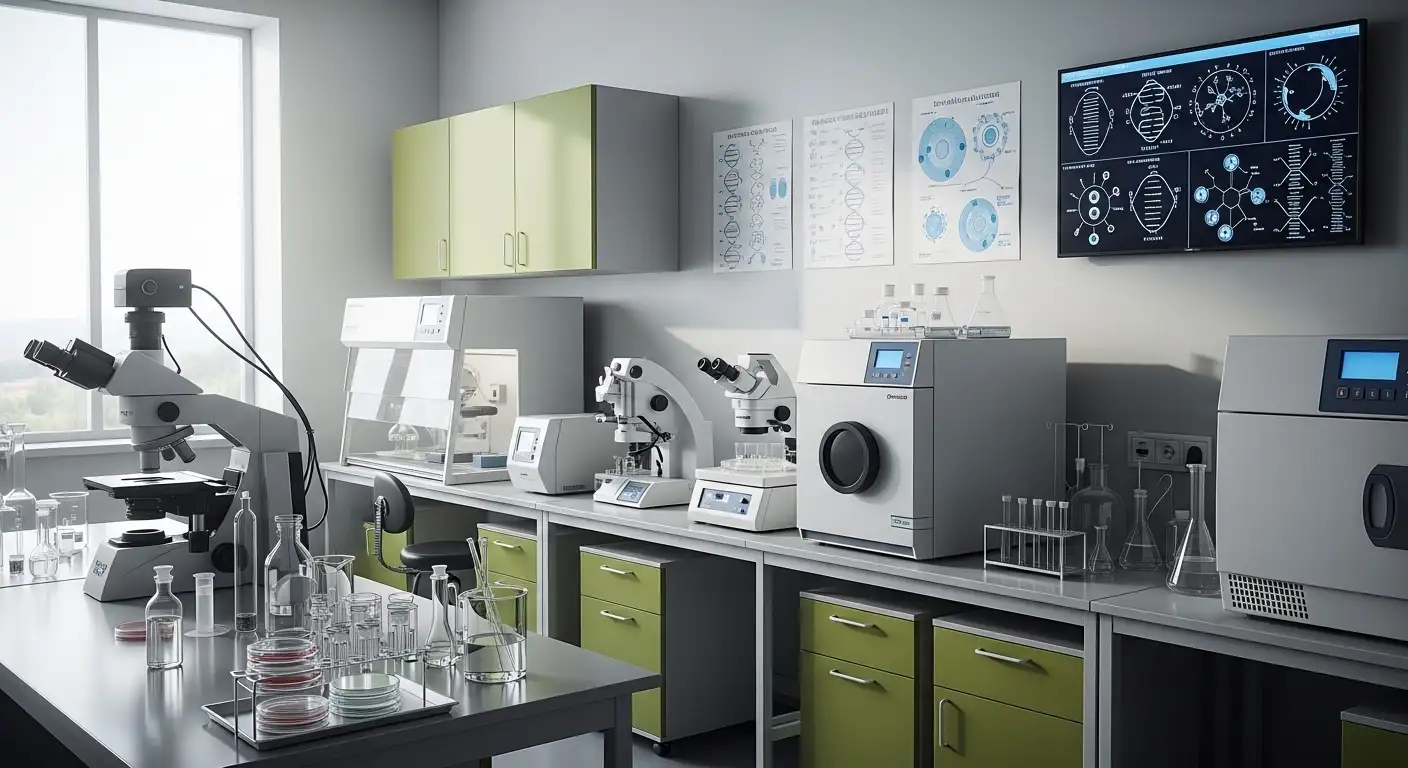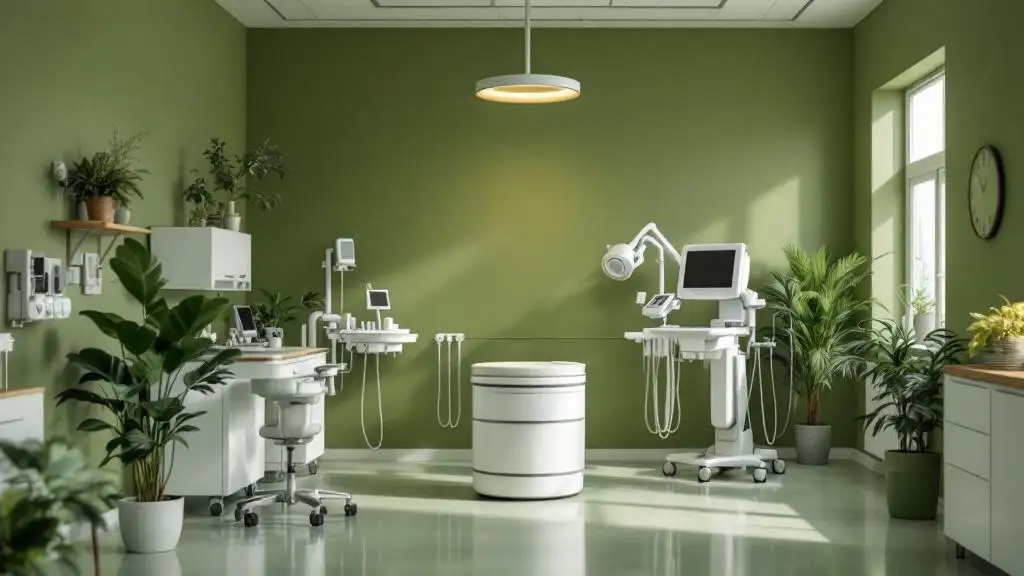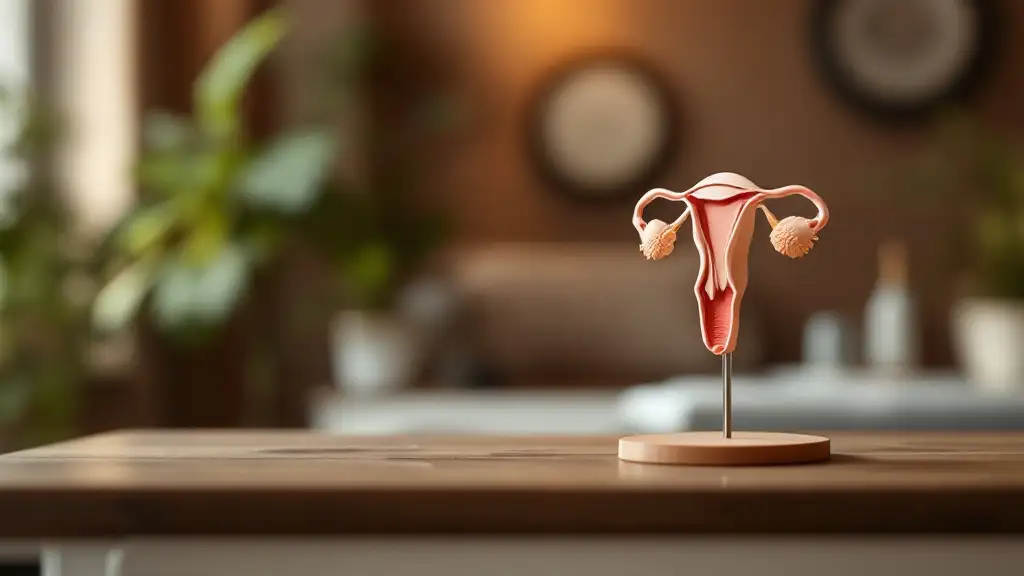Signs of low ovarian reserve and what can be done
Understanding Low Ovarian Reserve: Recognizing Signs and Exploring Solutions

Introduction to Low Ovarian Reserve and Its Impact on Fertility
Low ovarian reserve, often called diminished ovarian reserve (DOR), refers to a decreased number and quality of eggs in the ovaries compared to what is typical for a person's age. This natural yet concerning condition can complicate conception and lead to challenges in fertility for many individuals and couples. The ovaries are born with a finite number of eggs, which decline in number and quality over time, but other factors can accelerate this decrease. Since symptoms are frequently absent or subtle, early awareness and diagnosis are essential to manage reproductive health effectively. This article explores the signs of low ovarian reserve, methods of diagnosis, causes, and the comprehensive medical and lifestyle options available to support conception and fertility preservation.
What Is Low Ovarian Reserve and How Does It Affect Fertility?

Definition and significance of low ovarian reserve
Low ovarian reserve, also known as diminished ovarian reserve (DOR), refers to having fewer eggs in the ovaries than expected for a person's age. This condition impacts fertility by reducing the chances of conceiving naturally and increasing the risk of miscarriage. Importantly, a low ovarian reserve affects the quantity of eggs more than the quality, although both can decline over time.
Natural decline of eggs with age
Every person with ovaries is born with a fixed number of eggs, roughly two million. This number decreases steadily, dropping to around 400,000 by puberty and continuing to decline throughout life. The natural aging process accelerates the loss of eggs, especially after age 35, sharping the decrease in ovarian reserve.
Difference between ovarian reserve and egg quality
Ovarian reserve measures the quantity of eggs remaining, while egg quality refers to the health and viability of those eggs for fertilization and development. Although these factors often decline together, they are distinct; some individuals may have fewer eggs but still maintain relatively good egg quality.
Common causes contributing to diminished ovarian reserve
DOR primarily occurs due to natural aging, but other factors also contribute, including:
- Genetic conditions such as Fragile X syndrome and Turner syndrome
- Medical treatments like chemotherapy and radiation therapy
- Ovarian surgeries
- Autoimmune disorders
- Endometriosis and pelvic infections
- Environmental toxins including BPA and pesticides
- Lifestyle factors such as smoking and obesity
Potential symptoms and their subtlety
Most people with low ovarian reserve do not exhibit clear symptoms. When signs do appear, they may include:
- Shorter or irregular menstrual cycles
- Lighter or abnormal menstrual periods
- Difficulty conceiving after several months of trying Some might experience symptoms resembling perimenopause—like hot flashes and vaginal dryness—particularly if the condition progresses to primary ovarian insufficiency.
This subtlety means many individuals only discover diminished ovarian reserve through fertility testing or after encountering challenges with conception.
Diagnosing Low Ovarian Reserve: What Tests Are Involved?

Ovarian Reserve Testing Methods
To evaluate ovarian reserve, healthcare providers use a combination of blood tests and ultrasound imaging. These tests are designed to measure the number and quality of eggs remaining in the ovaries.
Hormone Level Assessments: AMH, FSH, and Estradiol
Blood tests play a pivotal role. Anti-Müllerian Hormone (AMH) levels reflect the remaining egg quantity, with levels below 1.0 ng/ml often indicating diminished ovarian reserve (DOR). Follicle-Stimulating Hormone (FSH) and estradiol levels are also measured; elevated FSH and estradiol can further suggest reduced ovarian function.
Ultrasound and Antral Follicle Count (AFC)
A transvaginal ultrasound is performed to count antral follicles, which are small egg-containing sacs. The antral follicle count (AFC) provides a direct estimate of egg quantity. Lower AFC values correspond to diminished ovarian reserve.
Interpreting Test Results and Implications
A typical diagnosis of DOR involves finding low AMH, low AFC, and elevated FSH and estradiol levels. These results indicate fewer eggs and potentially lowered egg quality, which can make conception more challenging but do not preclude pregnancy.
Role of Medical History and Physical Exams
Alongside tests, providers consider medical history, including age, prior surgeries, treatments like chemotherapy, and family history of early menopause. Physical and pelvic exams help identify other factors affecting ovarian function.
| Diagnostic Approach | Purpose | What It Measures |
|---|---|---|
| AMH Blood Test | Estimates remaining egg quantity | AMH hormone level (low suggests DOR) |
| FSH and Estradiol Tests | Assess hormone balance affecting ovulation | Elevated levels suggest reduced reserve |
| Antral Follicle Count (AFC) Ultrasound | Counts eggs visible in ovaries | Number of small follicles present |
| Medical History & Exams | Identify risk factors and symptoms | Past treatments, menstrual irregularities |
Together, these evaluations provide a comprehensive understanding of ovarian reserve and help guide fertility planning and treatment options.
Medical Treatments to Enhance Conceiving Chances With Low Ovarian Reserve
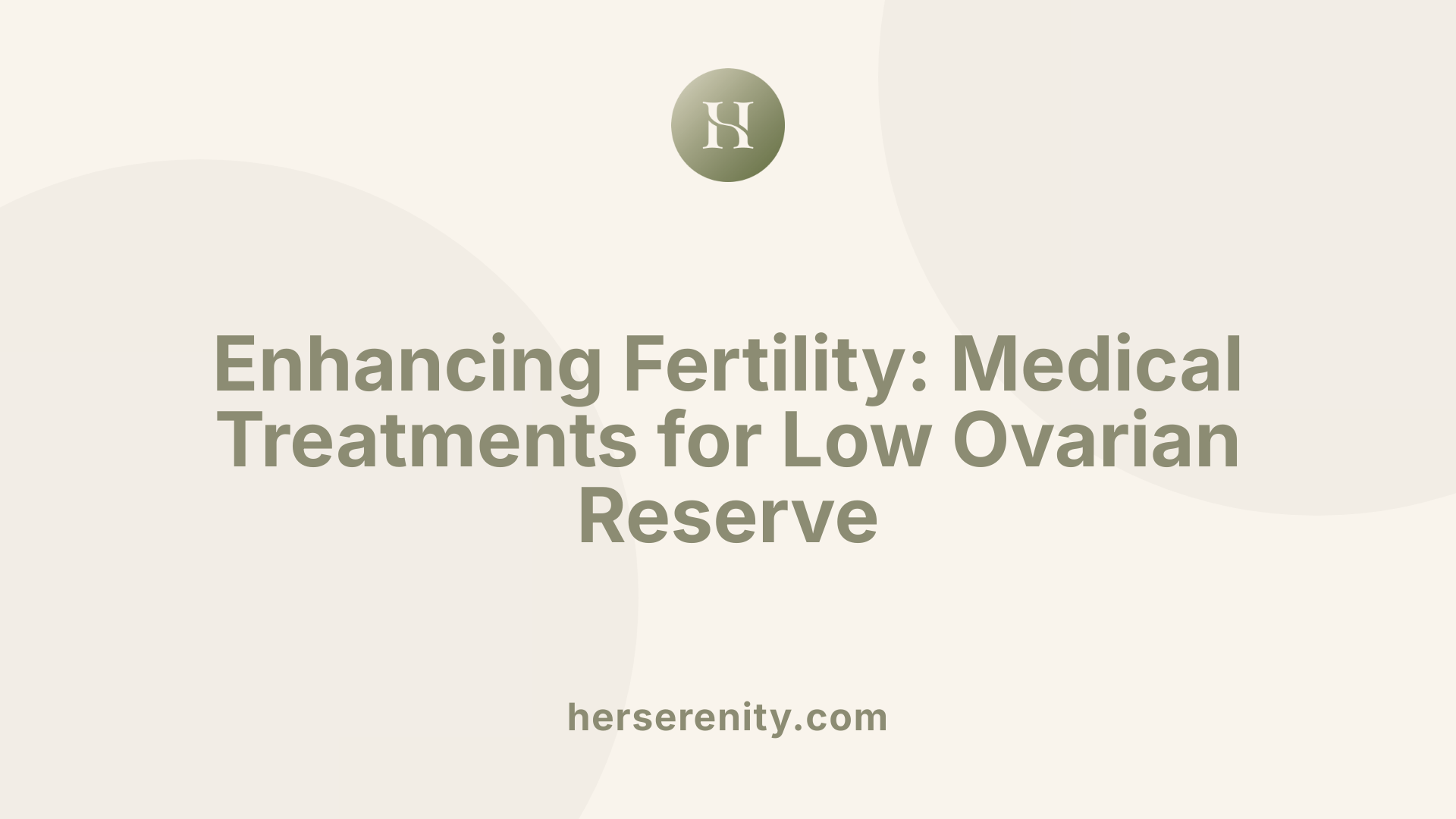
Overview of Fertility Medications and Their Function
Fertility medications are a cornerstone for helping individuals with diminished ovarian reserve (DOR) conceive. These medications primarily work by stimulating the ovaries to produce one or more mature eggs per cycle, increasing the likelihood of fertilization. Common drugs include Clomiphene Citrate, which induces ovulation, and gonadotropins, which directly stimulate the ovaries. These medications help regulate hormonal imbalances, often enhancing natural ovulation or preparing the ovaries for assisted reproductive procedures.
Ovulation Induction and Ovulation Stimulation Protocols
Ovulation induction involves administering medications to encourage the release of mature eggs. Protocols vary based on the patient's ovarian function and fertility goals and may involve oral or injectable drugs. For those with low ovarian reserve, stimulation protocols aim to maximize egg yield while minimizing risks, such as ovarian hyperstimulation syndrome. This approach can be combined with treatments like intrauterine insemination (IUI) or used as a preparatory step for in vitro fertilization (IVF).
Intrauterine Insemination (IUI) and Its Role
IUI involves placing washed, concentrated sperm directly into the uterus around the time of ovulation. When paired with ovulation-stimulating medications, it improves fertilization chances by ensuring sperm are closer to the egg. IUI is often recommended as a first-line treatment for individuals under 40 with mild fertility challenges, including those with DOR, offering success rates up to 20% per cycle. It is less invasive and more affordable compared to IVF.
In Vitro Fertilization (IVF) Procedures and Indications
IVF is an advanced fertility treatment involving ovarian stimulation, egg retrieval, laboratory fertilization, and embryo transfer into the uterus. It is typically recommended for severe infertility issues, such as significantly diminished ovarian reserve, blocked fallopian tubes, or failed prior treatments. IVF success rates generally decrease with age and ovarian reserve but remain a viable and effective option. Techniques such as preimplantation genetic testing for aneuploidy (PGT-A) can be utilized to select embryos with the best chance for implantation and healthy pregnancy.
Use of Preimplantation Genetic Testing (PGT-A) and Donor Eggs
PGT-A is a genetic screening performed on embryos created via IVF to identify chromosomal abnormalities before transfer, helping improve pregnancy success and reduce miscarriage risk. In cases of severely diminished ovarian reserve where egg quality or quantity is insufficient, donor eggs may be recommended. Using eggs from younger donors significantly increases pregnancy chances as the resulting embryos generally have higher viability.
| Treatment | Purpose | Additional Notes |
|---|---|---|
| Clomiphene Citrate | Ovulation induction | Oral medication, stimulates natural ovulation |
| Gonadotropins | Ovarian stimulation | Injectable, allows control of multiple egg development |
| Intrauterine Insemination | Places sperm inside uterus | Often combined with ovulation induction |
| In Vitro Fertilization (IVF) | Fertilizes eggs outside the body | Enables embryo selection, suitable for severe infertility |
| Preimplantation Genetic Testing (PGT-A) | Screen embryos for genetic health | Improves success rates and lowers miscarriage risk |
| Donor Eggs | Use eggs from younger donors | Best option when egg quality or quantity is severely low |
Surgical Approaches to Improve Fertility Outcomes
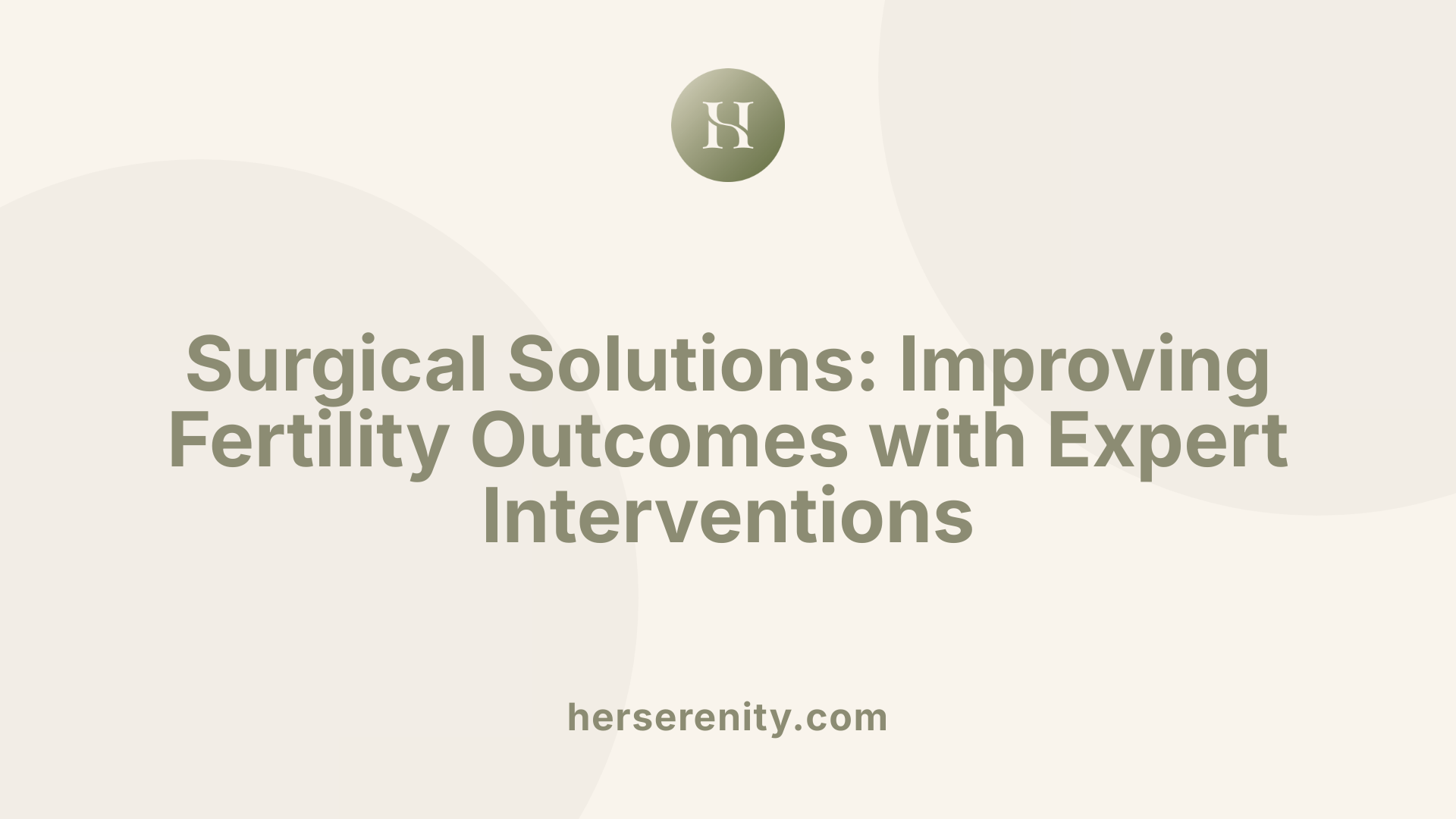
How can surgical interventions assist in overcoming infertility?
Surgical interventions play a crucial role in addressing anatomical and structural problems that hinder fertility. Procedures such as removing uterine fibroids, repairing blocked or damaged fallopian tubes, and treating endometriosis can restore the normal anatomy of the reproductive system.
Minimally invasive surgeries like laparoscopy and hysteroscopy allow precise diagnosis and treatment with smaller incisions, faster recovery, and fewer complications. These approaches not only help in treating infertility causes but can also enhance natural conception chances and improve the success rates of fertility treatments including in vitro fertilization (IVF).
Common surgeries include:
- Fibroid Removal (Myomectomy): Eliminates uterine fibroids which may block implantation.
- Tubal Surgery: Repairs or clears blocked fallopian tubes to enable egg and sperm passage.
- Ovarian Surgery: Removal of cysts or drilling to improve ovarian function, especially in conditions like polycystic ovary syndrome (PCOS).
- Endometriosis Surgery: Excises endometrial lesions that interfere with reproductive organs.
Surgery is usually considered when non-invasive treatments fail or when clear structural problems are diagnosed. Consulting with a fertility specialist helps determine the best surgical options based on individual diagnosis, ensuring improved fertility treatment outcomes.
Fertility Preservation and Lifestyle Modifications for Women with Low Ovarian Reserve
What Fertility Preservation Options Are Available?
Women diagnosed with low ovarian reserve can consider fertility preservation techniques like egg freezing and embryo freezing. These methods involve stimulating the ovaries to produce multiple eggs, retrieving them, and then freezing the eggs or embryos for future use. Successfully preserving fertility depends heavily on early diagnosis, as egg quality tends to decline over time, making it more effective to preserve eggs when ovarian reserve is still relatively higher.
Why Is Early Diagnosis Important?
Early detection of diminished ovarian reserve allows individuals to pursue preservation while egg quantity and quality are still adequate. Hormone tests such as AMH levels and ultrasound assessments like antral follicle count help gauge ovarian reserve and guide timely decision-making.
How Do Lifestyle Factors Influence Ovarian Reserve?
Lifestyle plays a crucial role in maintaining reproductive health. Smoking and tobacco use are linked with decreased ovarian reserve, whereas maintaining a healthy weight supports hormonal balance and egg quality. Avoiding environmental toxins, limiting alcohol intake, and managing chronic health conditions also contribute positively.
What Lifestyle Changes Support Reproductive Health and Improve Chances of Conception?
Supporting reproductive health involves several key changes:
- Smoking cessation: Eliminates a significant factor that decreases egg quantity.
- Healthy weight management: Achieved through balanced nutrition and regular exercise, fosters hormonal balance.
- Nutrient-rich diet: Provides essential vitamins and antioxidants that support ovarian function.
- Stress management: Techniques such as mindfulness, yoga, or counseling can improve hormonal balance and overall well-being.
- Avoiding toxins: Reducing exposure to pesticides, endocrine disruptors, and unnecessary medications benefits egg quality.
Nutritional and Stress Management Strategies
Eating a diet rich in fruits, vegetables, whole grains, and lean proteins provides antioxidants and nutrients necessary for ovarian health. Supplementation with vitamins like D and CoQ10 may support ovarian function, although more research is needed. Additionally, managing stress through relaxation practices helps maintain hormonal stability, which is vital for fertility.
By combining early fertility preservation efforts with healthy lifestyle modifications, women with low ovarian reserve can optimize their reproductive potential and enhance their chances of successful conception.
Emotional Support and Guidance for Those Facing Low Ovarian Reserve
Psychological Impact of Diminished Ovarian Reserve Diagnosis
Being diagnosed with diminished ovarian reserve (DOR) can evoke a wide range of emotions, from shock and grief to anxiety and uncertainty about fertility prospects. Many individuals feel overwhelmed by the implications for their reproductive future, which may affect their mental well-being.
Importance of Counseling and Support Networks
Professional counseling plays a crucial role in helping patients process their diagnosis. Support groups and networks allow sharing experiences and advice, reducing feelings of isolation. Emotional support can empower individuals to face challenges and make informed decisions confidently.
Communication with Healthcare Providers
Open and honest communication with fertility specialists is essential. It helps ensure that patients fully understand their condition, the available treatment options, and likely outcomes. Healthcare providers can tailor guidance to individual situations, addressing concerns and emotional responses.
Navigating Treatment Decisions and Setting Realistic Expectations
Treatment for DOR includes options like IVF, egg freezing, and donor eggs. However, patients should be counseled on success rates that vary with age and ovarian response. Setting realistic expectations can reduce frustration and encourage proactive coping strategies.
Hope Offered by Advances in Reproductive Technologies
Despite challenges, advances in assisted reproductive technologies provide hope. Techniques such as IVF with preimplantation genetic testing and fertility preservation offer more opportunities for conception. Staying informed and supported can help patients remain optimistic throughout their journey.
Conclusion: Navigating Low Ovarian Reserve with Knowledge and Support
Low ovarian reserve, while challenging, does not signify the end of fertility possibilities. With early diagnosis through hormone testing and imaging, individuals can access a range of fertility treatments including ovulation stimulation, intrauterine insemination, IVF, and the use of donor eggs. Surgical options can address structural barriers, and fertility preservation methods offer hope especially when detected early. Lifestyle improvements enhance reproductive health and support treatment success. Emotional support and counseling are vital throughout this journey. Advances in reproductive medicine continue to expand options, empowering individuals and couples to pursue parenthood with informed confidence.
References
- Diminished Ovarian Reserve: Causes, Symptoms & ...
- Diminished Ovarian Reserve
- DOR: Causes, Symptoms, Diagnosis, and Treatment | Blog
- Diminished Ovarian Reserve (DOR): Diagnosis and ...
- What Diminished Ovarian Reserve Means for Fertility | Blog
- Causes, Symptoms, and Treatment: Low Ovarian Reserve ...
- Diminished Ovarian Reserve: Symptoms, Causes, & ...
- Low Ovarian Reserve: Causes, Symptoms, and Treatment ...
- Diminished Ovarian Reserve Explained
- Infertility - Diagnosis and treatment


